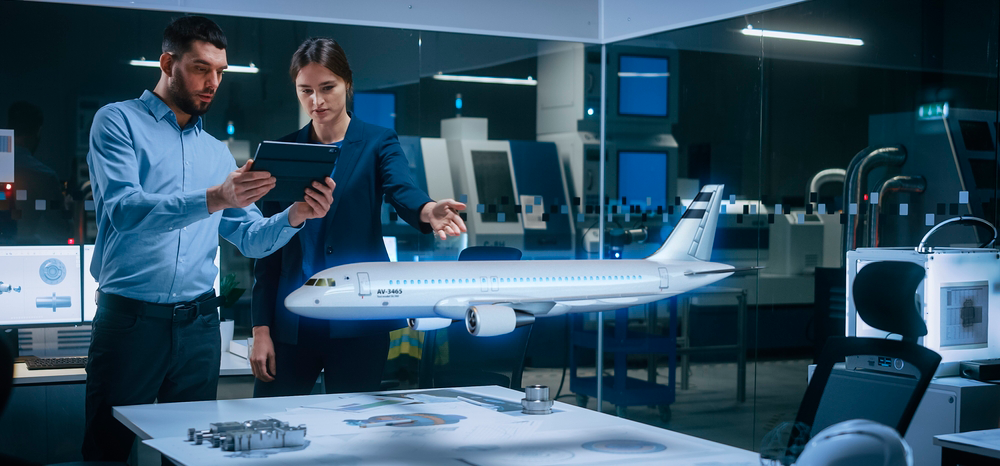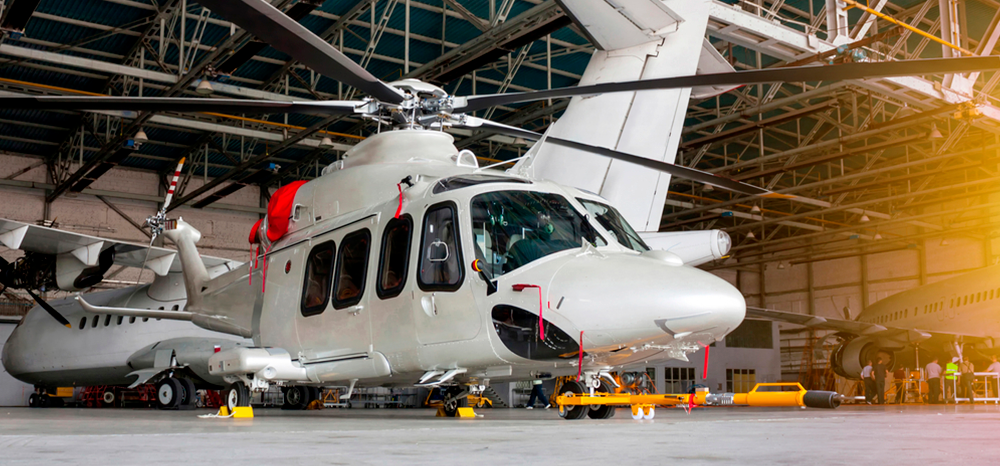Aircraft maintenance, a field traditionally associated with manual tasks and standardized procedures, has undergone a profound transformation thanks to the adoption of digital technologies. What was once performed with pen and paper is now managed through sophisticated computer systems designed to optimize processes and enhance efficiency.
Digitalization has enabled the collection and analysis of vast amounts of data from sensors installed on aircraft, leading to the development of predictive maintenance systems. These systems employ artificial intelligence algorithms to identify patterns and predict potential failures before they occur, allowing for proactive scheduling of maintenance tasks and avoiding costly breakdowns. Moreover, virtual reality (VR) and augmented reality (AR) are revolutionizing the training of maintenance technicians, providing more immersive and effective learning experiences.
In summary, technology has radically transformed aircraft maintenance, enabling greater efficiency, safety, and reliability. Computerized maintenance management systems, IoT (Internet of Things) sensors, artificial intelligence, and virtual reality are just a few of the technologies driving this transformation. As technology continues to advance, we can anticipate that aircraft maintenance will become even more automated, intelligent, and sustainable.













